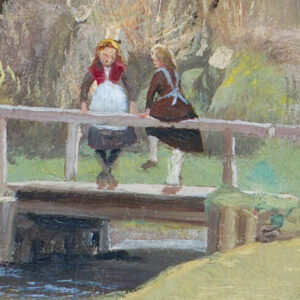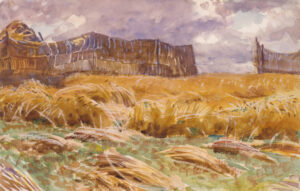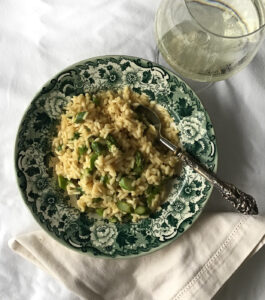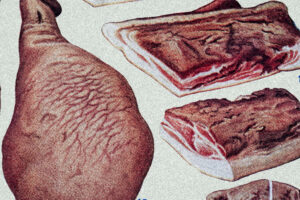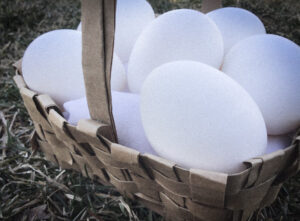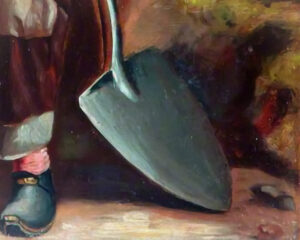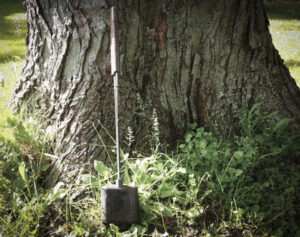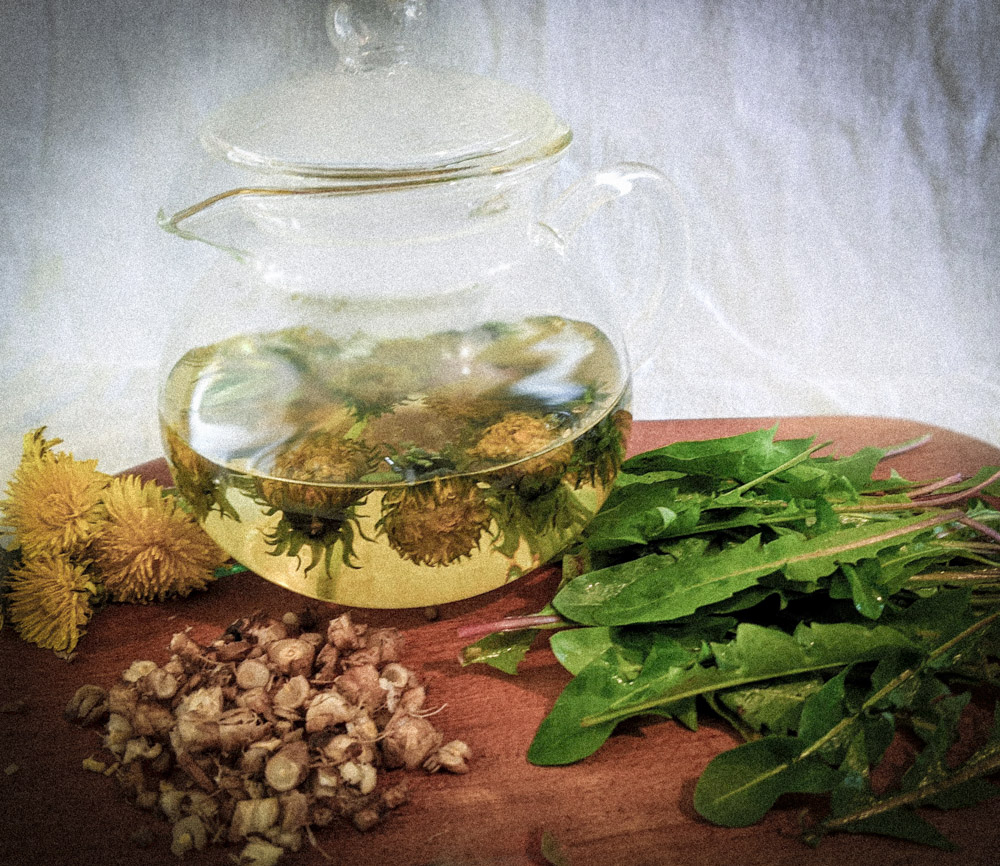
From Foe to Friend:
Dandelion Tea

Mrs. April Jaure
When my husband and I bought our house, we knew we didn’t want to put synthetic fertilizers and other chemicals on our lawn and garden. That commitment was easy enough the first year we lived here, as not a weed grew. The second year in our house, a few dandelions popped up in our lawn. No matter; we promptly pulled them up. The year after that, more arrived and with a wary realization we began to understand that if we didn’t want to be overrun by this pervasive pest, we might need to get a little more deliberate about deterring the dandelions. We mixed up homemade weed killer and sprayed it along the sidewalks and driveway, and we continued to pull them up from the lawn. The year after that, we declared the dandelion our mortal enemy. Our lawn had become more yellow than green, and we doubled down on our weed-killing mixes and scoured the internet for earth-friendly ways to battle our ubiquitous yellow foe. But last year, the fifth year in our house, my husband and I admitted defeat. We made peace with the dandelions. In fact, we made friends with the dandelions. If you can’t beat them, join them.
This has turned out to be a fortuitous friendship. The dandelion plant is highly regarded in the herbalism world and has many uses. And dandelion dishes and concoctions can be quite tasty. Rather than looking out my window to see a spreading yellow menace, I now see a benevolent, nutritious, sunny little plant dedicated to my family’s well-being. If you would like to harvest the dandelion plant in your own yard, it’s easy to get started. Dandelion blossoms are edible and the petals can be pulled apart and sprinkled in salads for some color. I’m told you can even fry the blossoms, though I haven’t tried that myself. Young dandelion leaves are great eaten raw, either on their own or by adding them to green smoothies or salads. They are highly nutritious and contain lots of vitamins, even more than spinach and kale. (The leaves do get bitter after flowering and after the plant goes to seed, so tender young leaves are best enjoyed early in the season.) Of all the options, though, I’m particularly fond of dandelion tea. Below are a couple of easy tea recipes for you to try.
We did eventually decide to hire some local lawn care professionals, who know what they are doing and who are committed to using natural means to help our lawn be healthy and lush. So our crop may, sadly, begin to decline. It’s bad news for us, but probably good news for our neighbors. In the meantime, if any of our neighbors read Hearth & Field and would like to forage some organic dandelion flowers or leaves, our yard would be a great place to start. I’ll let you have them at no charge. You’re very welcome.
— April
Roasted Dandelion Root Tea

This decoction is sometimes called dandelion root coffee because the taste is similar to coffee. I sometimes drink dandelion root tea when I am in the mood for coffee but don’t want the caffeine. If you add a little sweetener and stir in a tablespoon of grass-fed butter, this is a delicious, frothy drink that contains some healthy fats for our bodies in addition to the nutrient-dense dandelion root.
With a “fishtail” or dandelion weeder, try to pull up the plant getting as much of the long taproot as possible. This is easiest after a rain when the soil is moist. Wash and scrub the root well and dice into small pieces. Spread the root pieces in a single layer on a baking sheet, and place in an oven that has been preheated to 350°F. Bake for ten to twenty minutes, stirring halfway through. The longer they are roasted, the darker the roots will be. Once roasted, they can be stored in a jar and labeled for future use. When you are in the mood for this tea, which is said to be good for one’s liver, place 2 – 3 tablespoons of the roasted root in a pan with 15 ounces of water. Bring to a boil, then turn down to a simmer for 20 minutes. Strain and enjoy!
Dandelion Blossom Tea



Dandelion blossom tea is a wonderful herbal infusion with a mild taste. It can be drunk plain or with a little honey. They say that this tea is a mild mood booster. I made this tea on my birthday, and my children had earlier treated me to breakfast in bed, so whether the tea improved my mood further is hard to say. Working with my hands, however, and seeing the sunny blossoms in my teapot unquestionably added to my enjoyment of the tea and the day.
To make dandelion blossom tea, after removing the blossoms close to the stem, rinse them in cold water. In a pot or tea kettle, heat some water to just before boiling. Pour water over blossoms and let steep for five to ten minutes. Pour liquid through a strainer to remove the blossoms and enjoy your dandelion blossom tea!
Notes:
Herbalists say that the dandelion plant is quite safe. It is given the highest safety rating for medicinal plants, and it is declared safe for pregnant and nursing women. Dandelion is a close relative of ragweed though, so those who have an allergy to ragweed or other significant allergies should exercise some caution.
If you use chemical fertilizers and herbicides on your lawn, you may have better luck than I’ve had in keeping dandelions at bay, but you’ll also probably want to avoid consuming the ones that do appear.








